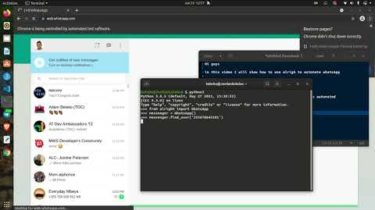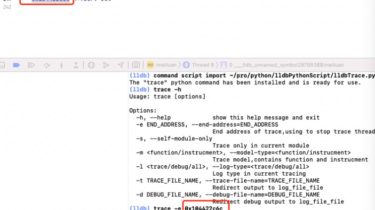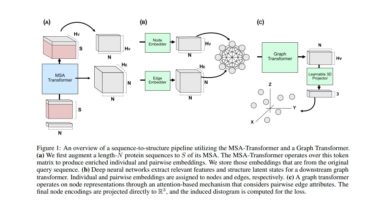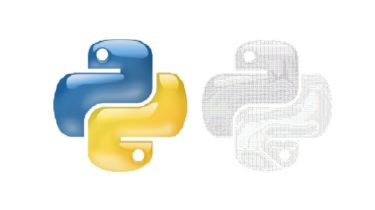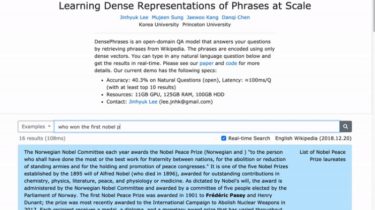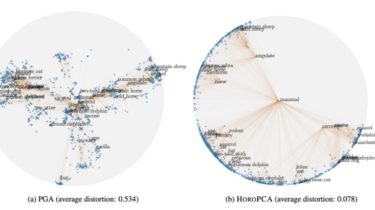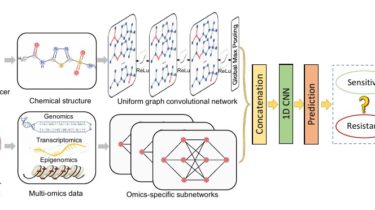Python wrapper for WhatsApp web-based on selenium
alright Python wrapper for WhatsApp web made with selenium inspired by PyWhatsApp Getting started You need to do a little bit of work to get alright to running, but don’t worry I gotcha you, everything will work well if you just carefully follow through the documentation. Installation We need to have alright installed on our machine to start using which can either be done directly from GitHub or using pip. installing directly You first need to clone or download the […]
Read more